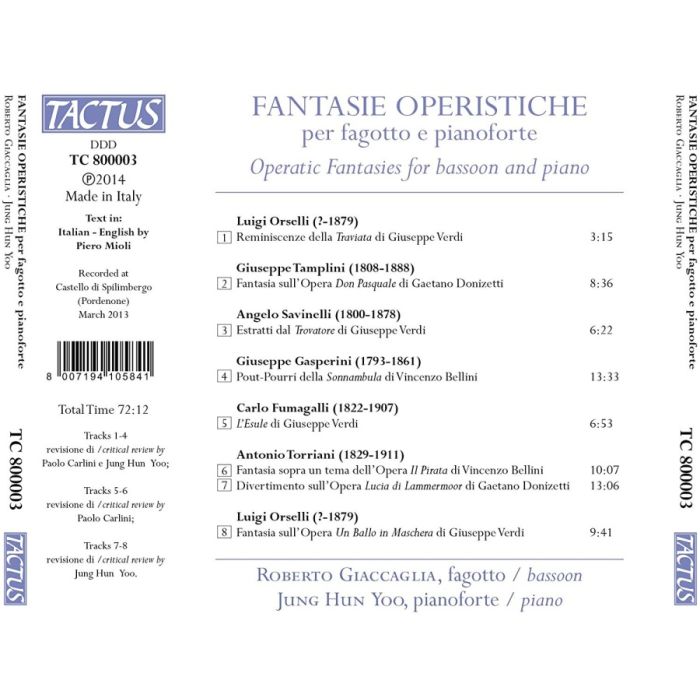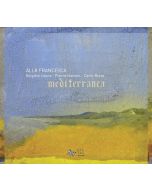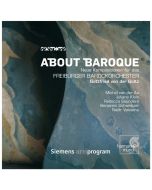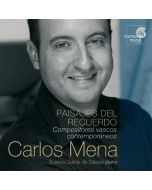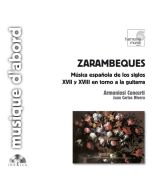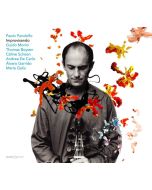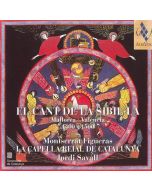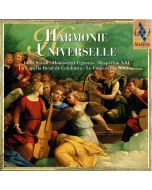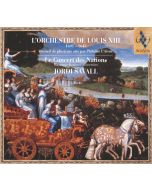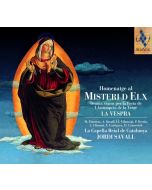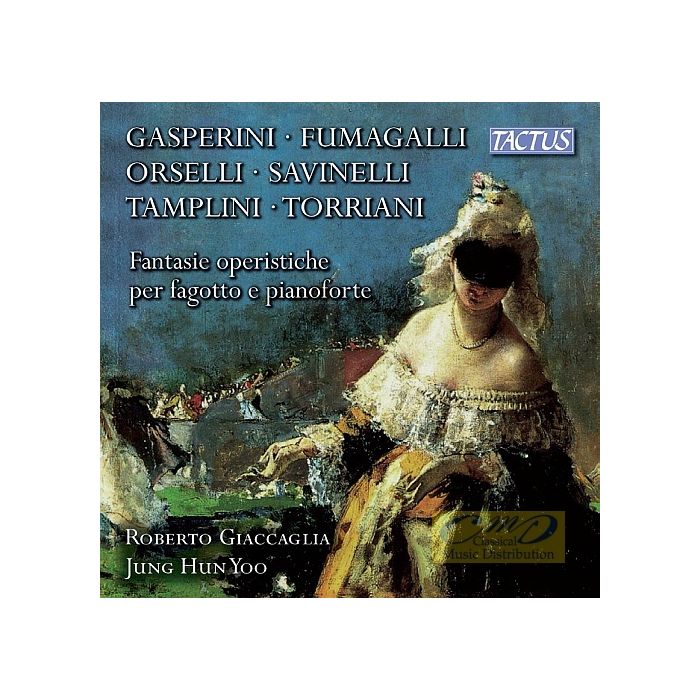
(Produkt nie został jeszcze oceniony)
kompozytor
różni kompozytorzy
tytuł
Operatic Fantasies for bassoon and piano
wykonawcy
Giaccaglia, Roberto, Hun Yoo, Jung
nr katalogowy
TC800003
opis
After having been practiced, enjoyed and extolled during the nineteenth century and having afterwards been neglected and even spurned as 'too nineteenth-century' in taste and custom, of late the instrumental paraphrase of opera themes has regained favour. This is right, because this music is quite useful not only for highlighting the performer's virtuosity, but also for calling to the listener's mind the themes of operas and the greatest composers. The paraphrase, also called fantasia, reminiscence, musical thought, differs from the variation, which constantly modifies and complicates its source it is much appreciated on the piano, but also when performed by any small or large chamber-music group as a rule it takes a melody or several melodies from a well-known composition, often an opera, and acts on them at will, sometimes attaining fantastic degrees of difficulty for the performer, or sometimes limiting itself to a pleasant reproduction of its model. Among the many composers of paraphrases for keyboard insAtruments, the most brilliant were Franz Liszt, Carl Tausig, Carl Czerny (who paraphrased favourite arias from several operas by Donizetti such as Lucrezia Borgia and Roberto Devereux), Sigismund Thalberg (Don Giovanni, Mose, La sonnambula, Don Pasquale) and Stefano Golinelli (Lucia di Lammermoor, Rigoletto, Il trovatore). A curious case, among the composers of piano pieces, was that of Ignaz Moscheles, who in 1832 published Pensieri alla Pasta, a dramatic fantasia for piano on the various themes of arias sung by the celebrated singer Giuditta Pasta (previously composed by Zingarelli, Pacini, Gluck and Meyerbeer). The Ricordi catalogues, however, teemed with pieces like these - short or long, isolated or in groups, for two or four hands, for harp, oboe, violin or bassoon, with flute or cello ad libitum, and so on. Considering the paraphrase technique from a broader point of view, apart from the name it was given and its success in the cultured Western world, undoubtedly it is one of the most widespread and pdictable in all genres of music, periods and countries. After considering the well-known examples for solo piano, we will now concisely describe the programme of this recording of paraphrases for bassoon, the ancient, baroque instrument loved by Vivaldi and appreciated, in ensemble music, also by classicist and romantic composers.
nośnik
CD x 1
wydawca
Tactus
data wydania
29.03.2014
EAN / kod kreskowy
8007194105841
58,00 zł
Produkt na zamówienie
Wysyłka ustalana indywidualnie.
Darmowa wysyłka dla zamówień powyżej 300 zł!
Darmowy kurier dla zamówień powyżej 500 zł!
sprawdź koszty wysyłki